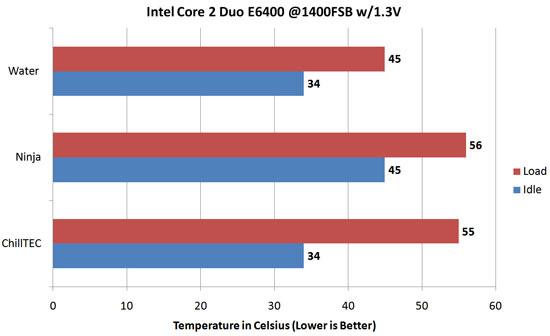I was talking to my son Bigian88 the other evening about Peltier coolers and how they were used in 'old skool' overclocking, however, they seem to have fallen out of favour in recent years.
I think that a renaissance might be in order for Peltier coolers, for the following reasons.
1. They can be obtained in up to 400 Watt versions nowadays and that's a lot of heat transfer.
2. Mahoosive coolers like the Noctua, Scythe etc. were'nt around back when I was into serious overclocking. They have the ability to remove a lot more heat than standard coolers and could cope with a Peltier 'pushing' heat into it, providing better cooling to the CPU or GPU. It could also allow for a smaller heat sink and cooler if it's more efficient at removing heat from the CPU or GPU.
3. Graphics cards seem to be having a lot of failures of RAM or GPUs due to microfractures of the lead-free solder in the BGA arrays. This is becoming more common and is related to the XBox 360 / PS3 problems with repeated heat and cooling cycles stressing the lead-free solder until it stress fractures. A Peltier might just reduce or eliminate this effect and I can't understand why graphics card manufacturers haven't picked up on this.
4. Compared to the costs of water cooling, Vapochill or other exotic cooling solutions, Peltiers seem to be as 'cheap as chips', so why has this piece of hardware been overlooked so much?
I think that a renaissance might be in order for Peltier coolers, for the following reasons.
1. They can be obtained in up to 400 Watt versions nowadays and that's a lot of heat transfer.
2. Mahoosive coolers like the Noctua, Scythe etc. were'nt around back when I was into serious overclocking. They have the ability to remove a lot more heat than standard coolers and could cope with a Peltier 'pushing' heat into it, providing better cooling to the CPU or GPU. It could also allow for a smaller heat sink and cooler if it's more efficient at removing heat from the CPU or GPU.
3. Graphics cards seem to be having a lot of failures of RAM or GPUs due to microfractures of the lead-free solder in the BGA arrays. This is becoming more common and is related to the XBox 360 / PS3 problems with repeated heat and cooling cycles stressing the lead-free solder until it stress fractures. A Peltier might just reduce or eliminate this effect and I can't understand why graphics card manufacturers haven't picked up on this.
4. Compared to the costs of water cooling, Vapochill or other exotic cooling solutions, Peltiers seem to be as 'cheap as chips', so why has this piece of hardware been overlooked so much?


